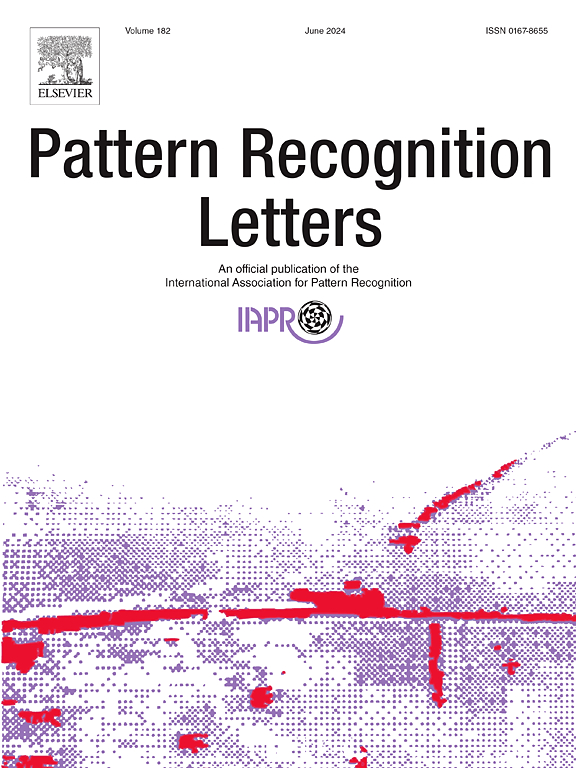Interactive shape estimation for densely cluttered objects
IF 3.9
3区 计算机科学
Q2 COMPUTER SCIENCE, ARTIFICIAL INTELLIGENCE
引用次数: 0
Abstract
Accurately recognizing the shape of objects in dense and cluttered scenes is important for robots to perform a variety of manipulation tasks, such as grasping and packing. However, the performance of previous shape estimation methods is not satisfactory due to the heavy occlusion between objects in dense clutter. In this paper, we propose an interactive exploration framework to estimate the shape of densely cluttered objects. Our framework utilizes pixel-wise uncertainty to generate efficient interactions, allowing to achieve a better trade-off between the shape estimation accuracy and the interaction cost. Specifically, the extracted features are utilized as network weights to predict the confidence of each proposal located on the surface of the objects. Proposals with higher confidence are considered reliable results for shape estimation. Meanwhile, we obtain the uncertainty of shape and scale estimation based on the confidence of each proposal, and further propose the adaptive fusion strategy to construct the pixel-wise estimation uncertainty height map. In addition, our proposed interaction strategy leverages the uncertainty height map to generate effective interaction actions to significantly improve the shape estimation accuracy for severely occluded objects. Therefore, the optimal accuracy-efficiency trade-off for shape estimation in dense clutter is achieved by iterating the shape estimation and interaction actions. Extensive experimental results verify the effectiveness of the proposed approach. Under challenging cases, the proposed approach has 66.7% and 52.0% less average Chamfer distance than direct estimation and random interaction, respectively.

准确识别密集杂乱场景中物体的形状对于机器人执行抓取和包装等各种操作任务非常重要。然而,由于密集杂乱场景中物体之间的严重遮挡,以往的形状估计方法的性能并不令人满意。在本文中,我们提出了一种交互式探索框架来估计密集杂乱物体的形状。我们的框架利用像素方面的不确定性来产生有效的交互,从而在形状估计精度和交互成本之间实现更好的权衡。具体来说,提取的特征被用作网络权重,以预测位于物体表面的每个提议的可信度。置信度较高的建议被认为是形状估计的可靠结果。同时,我们根据每个建议的置信度来获得形状和比例估计的不确定性,并进一步提出自适应融合策略,以构建像素级估计不确定性高度图。此外,我们提出的交互策略可利用不确定性高度图生成有效的交互动作,从而显著提高严重遮挡物体的形状估计精度。因此,通过迭代形状估计和交互操作,可以实现密集杂波中形状估计的最佳精度-效率权衡。大量实验结果验证了所提方法的有效性。在具有挑战性的情况下,与直接估计和随机交互相比,所提出方法的平均倒角距离分别减少了 66.7% 和 52.0%。
本文章由计算机程序翻译,如有差异,请以英文原文为准。
求助全文
约1分钟内获得全文
求助全文
来源期刊

Pattern Recognition Letters
工程技术-计算机:人工智能
CiteScore
12.40
自引率
5.90%
发文量
287
审稿时长
9.1 months
期刊介绍:
Pattern Recognition Letters aims at rapid publication of concise articles of a broad interest in pattern recognition.
Subject areas include all the current fields of interest represented by the Technical Committees of the International Association of Pattern Recognition, and other developing themes involving learning and recognition.
 求助内容:
求助内容: 应助结果提醒方式:
应助结果提醒方式:


